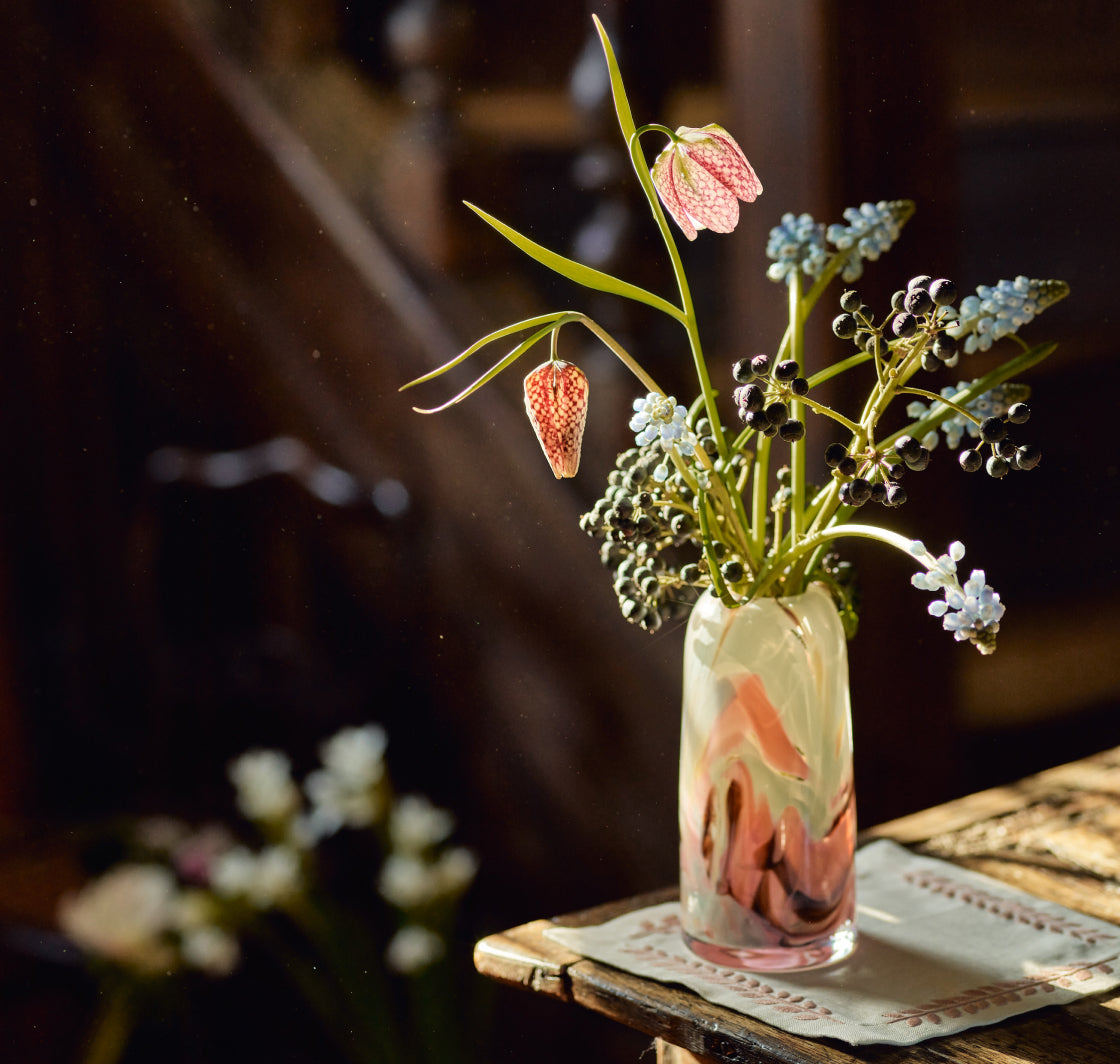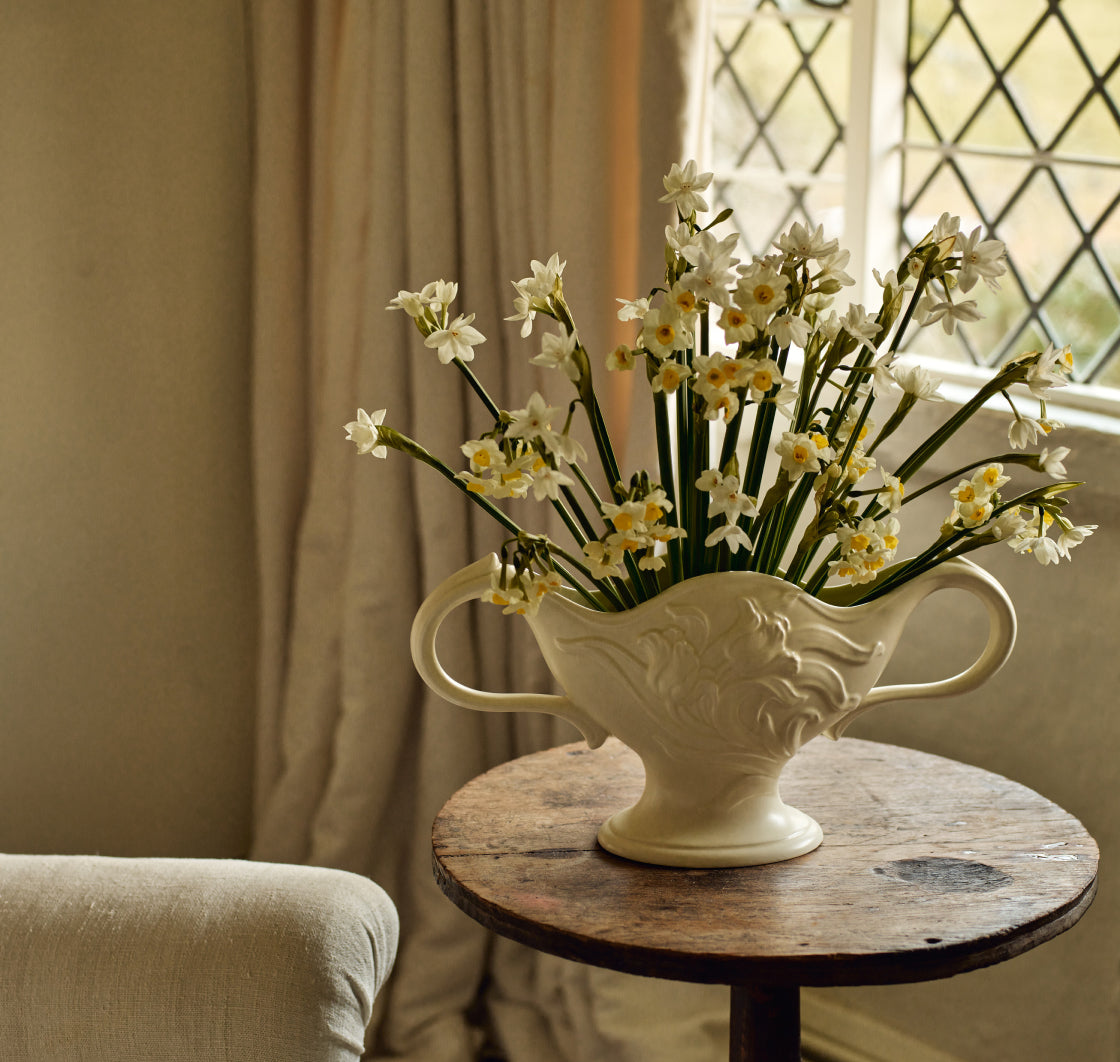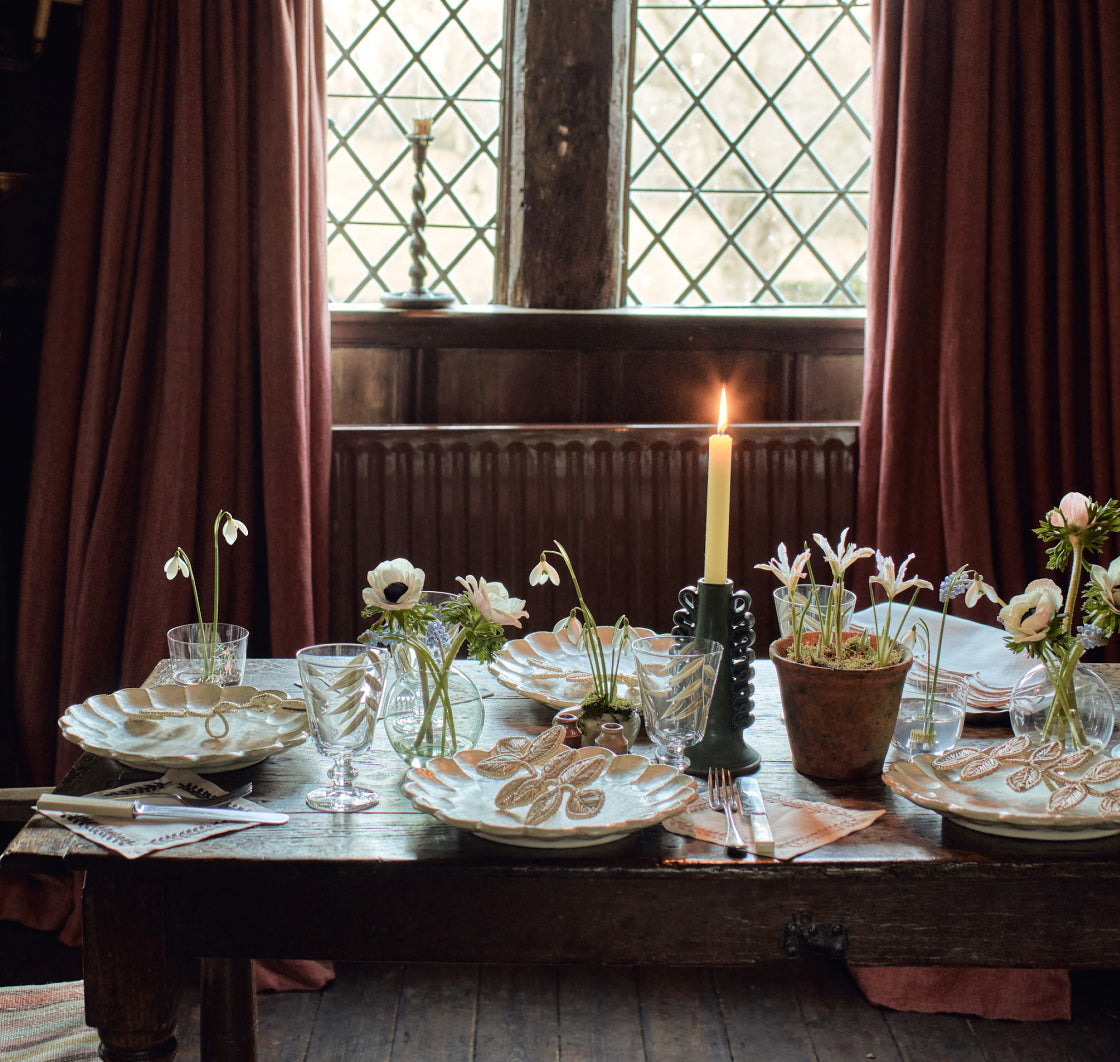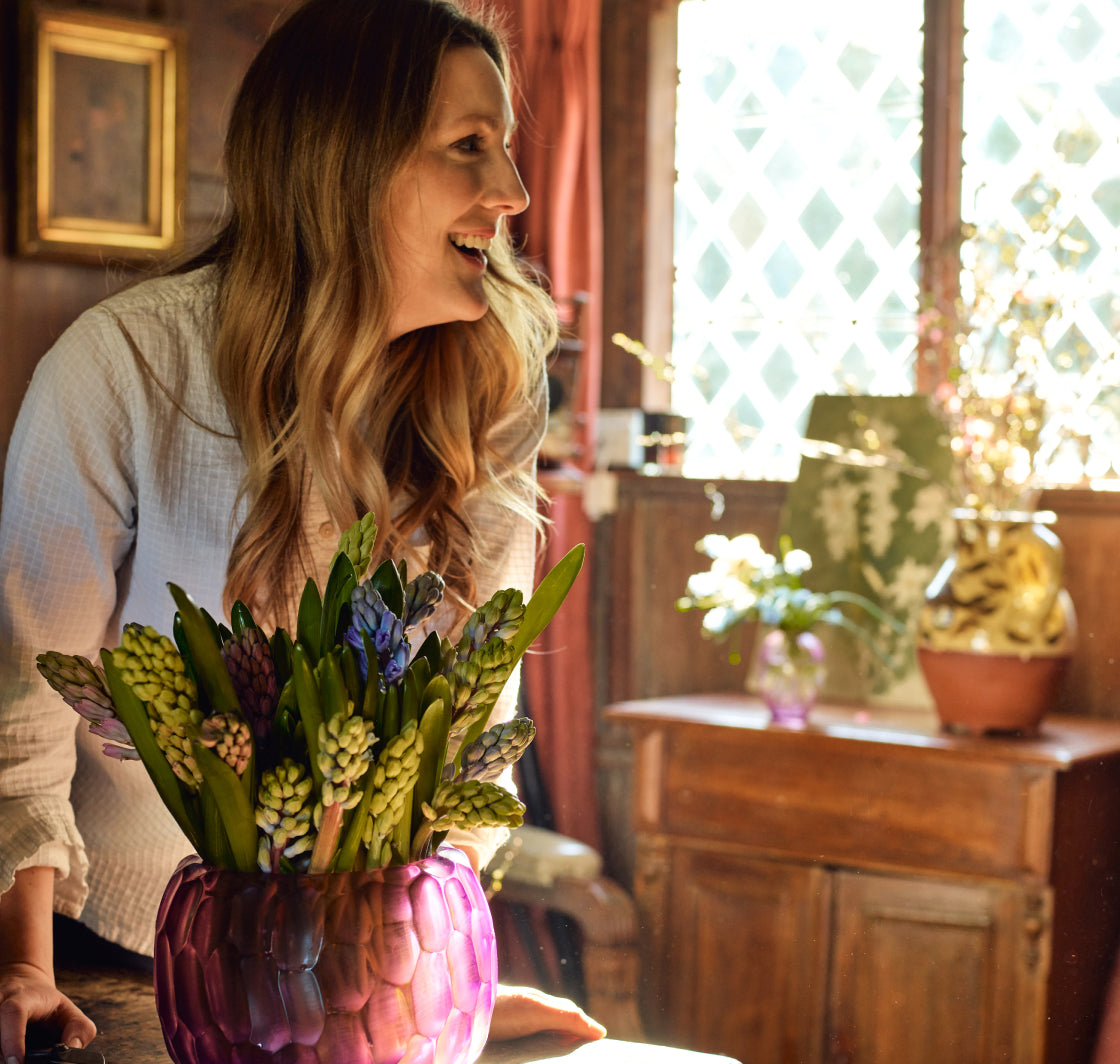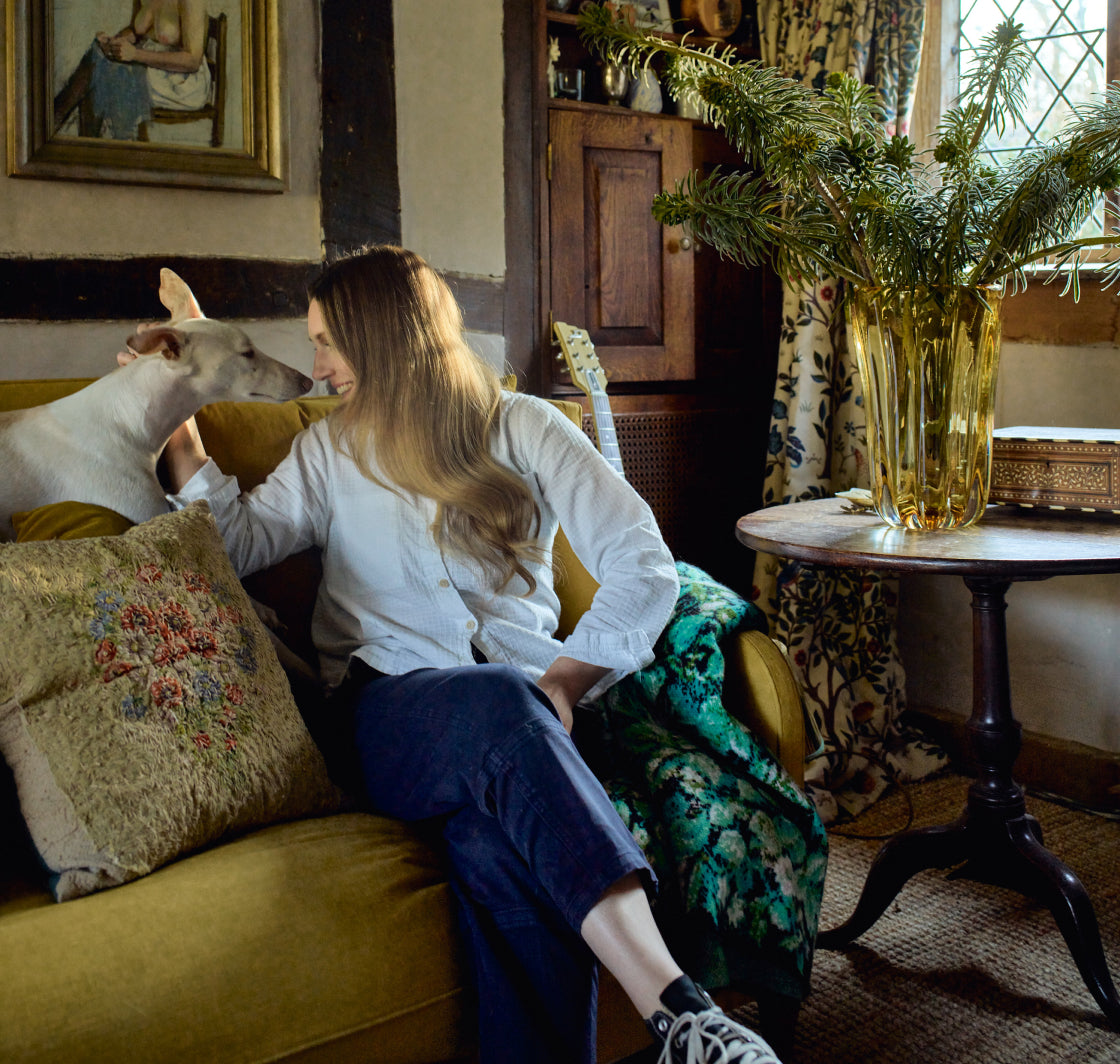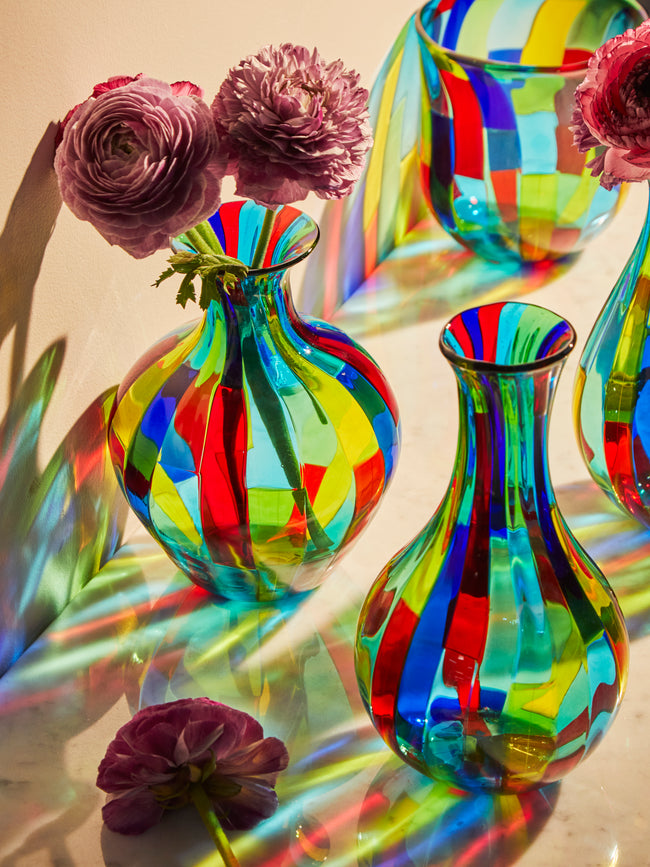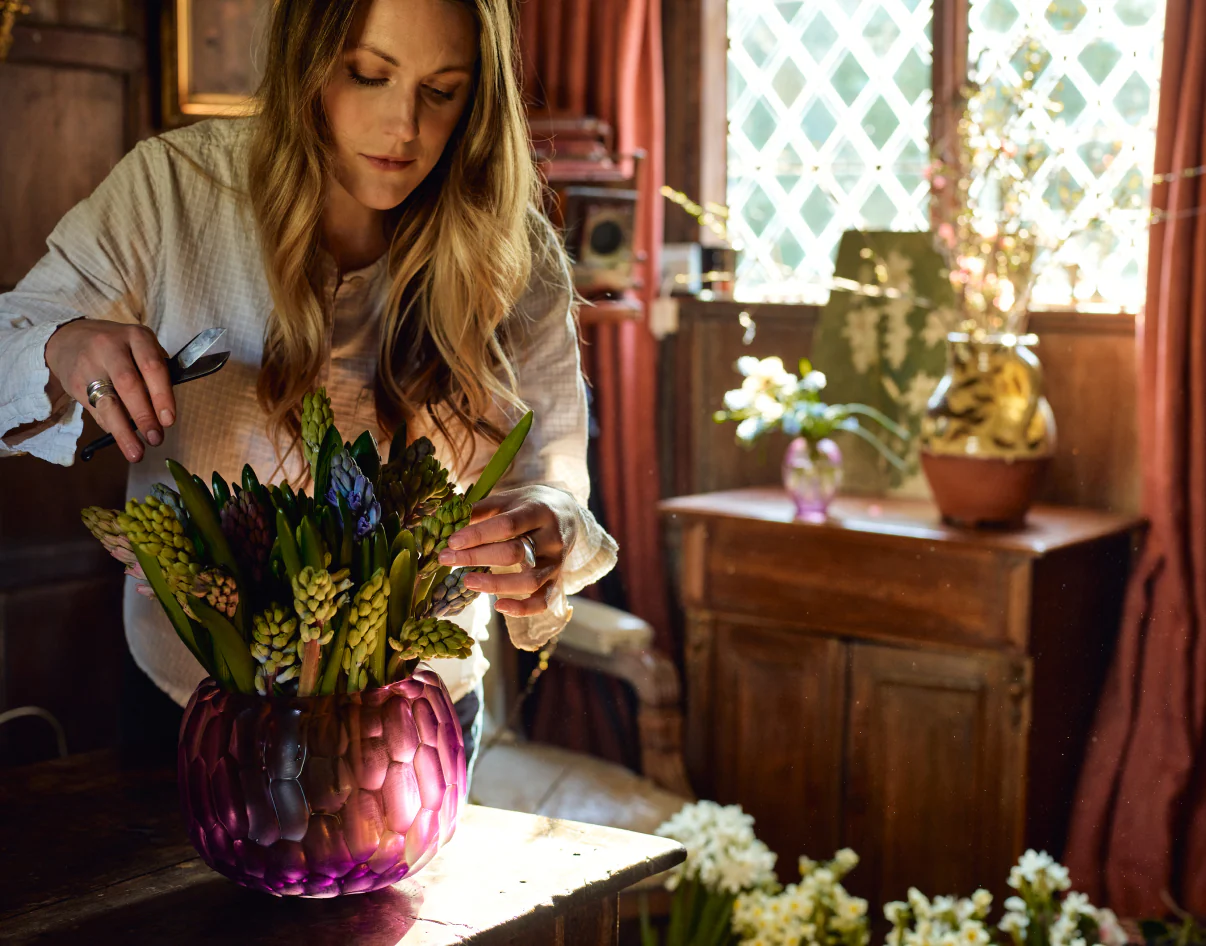

Milli Proust never imagined that she would one day live in the country. She was scared of the dark, had a fear of rodents and any ‘playing’ at rural-living involved borrowing her neighbour’s whippet, Billy for a stroll in London parks.
But one sharp and unforgiving January morning, as the mercury plummeted to -4C and a lacing of blue frost settled on the leaves, Milli Proust found herself standing in a West Sussex woodland, in front of a 16th-century cottage that boyfriend Ted Dwayne, bassist for Mumford & Sons, had just bought. Proust sat on the brow of a hill and cried. Then packed her bags and left the city.
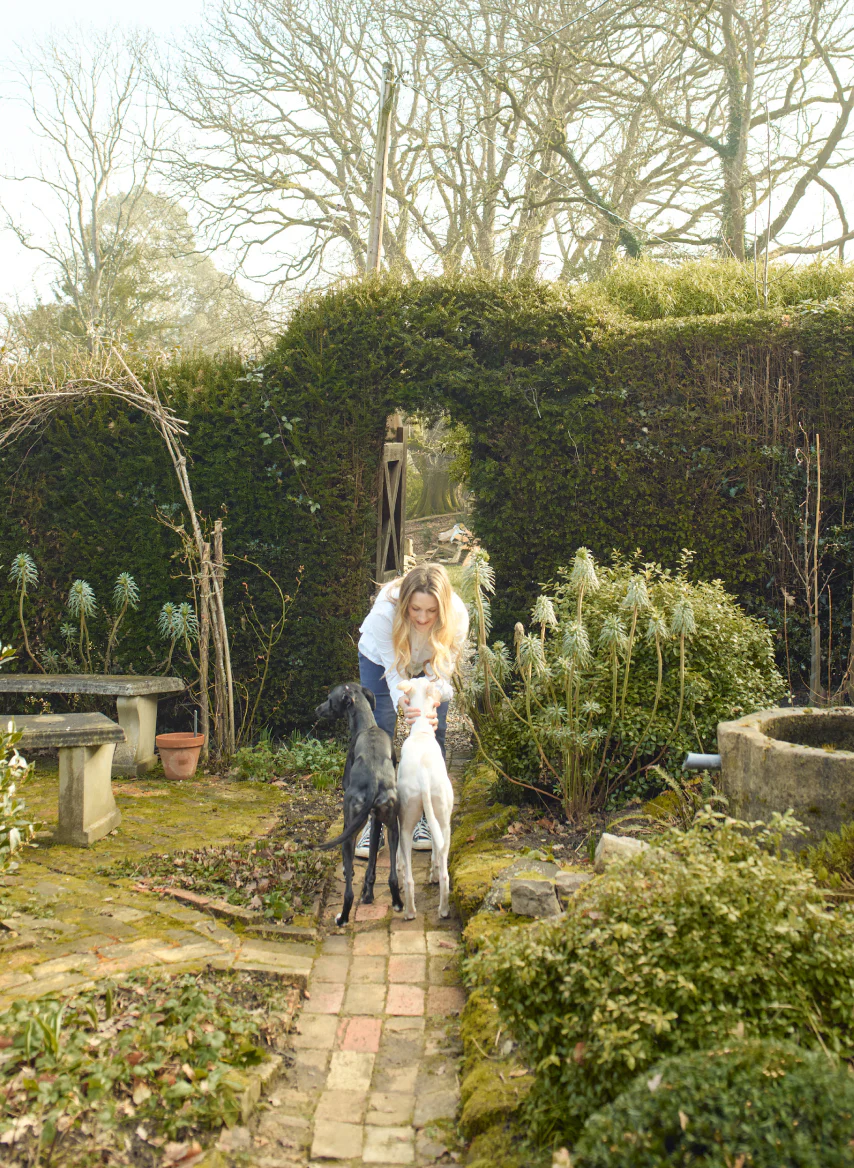
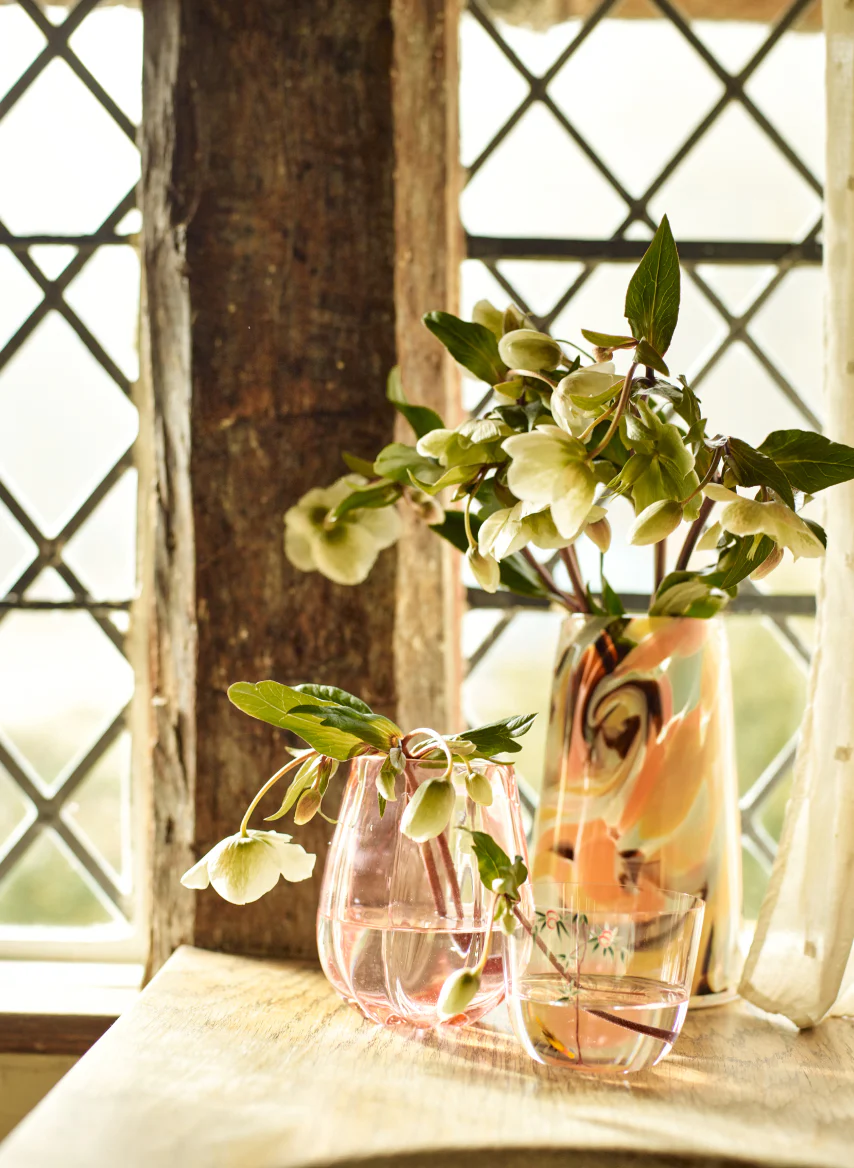
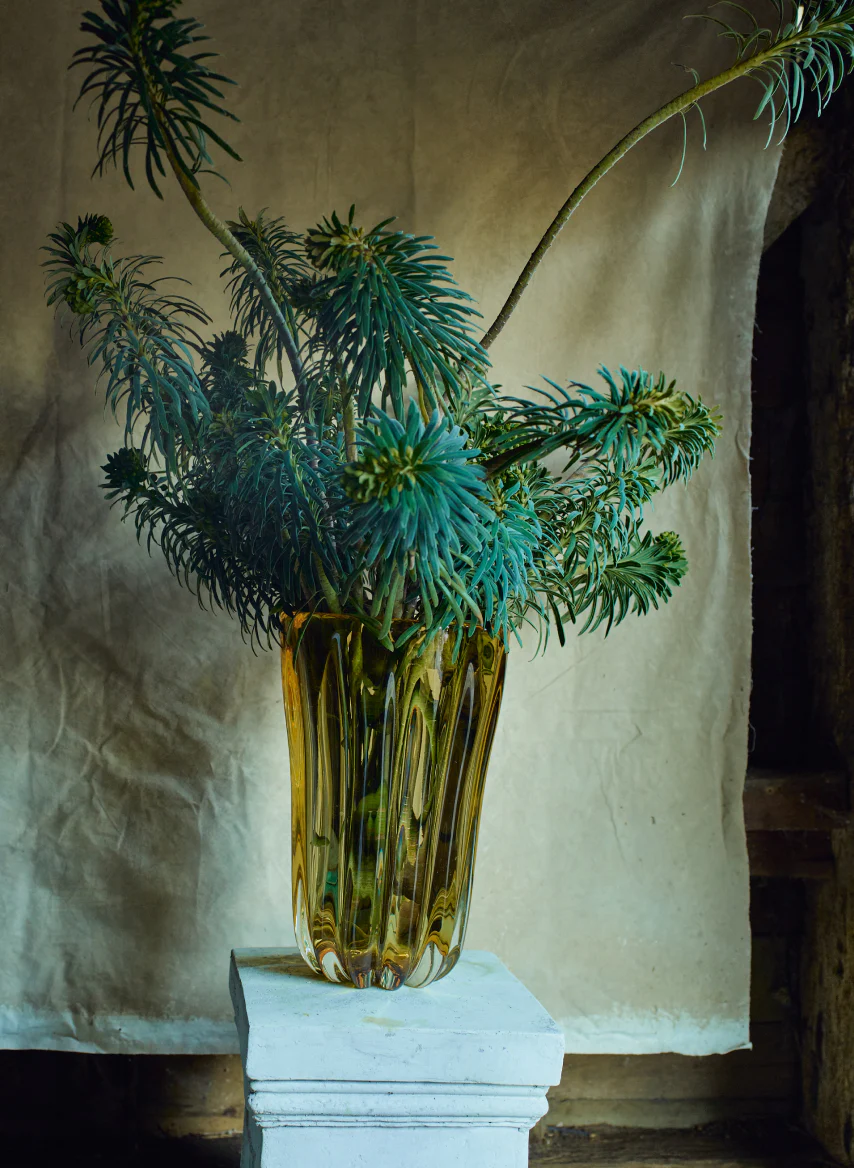
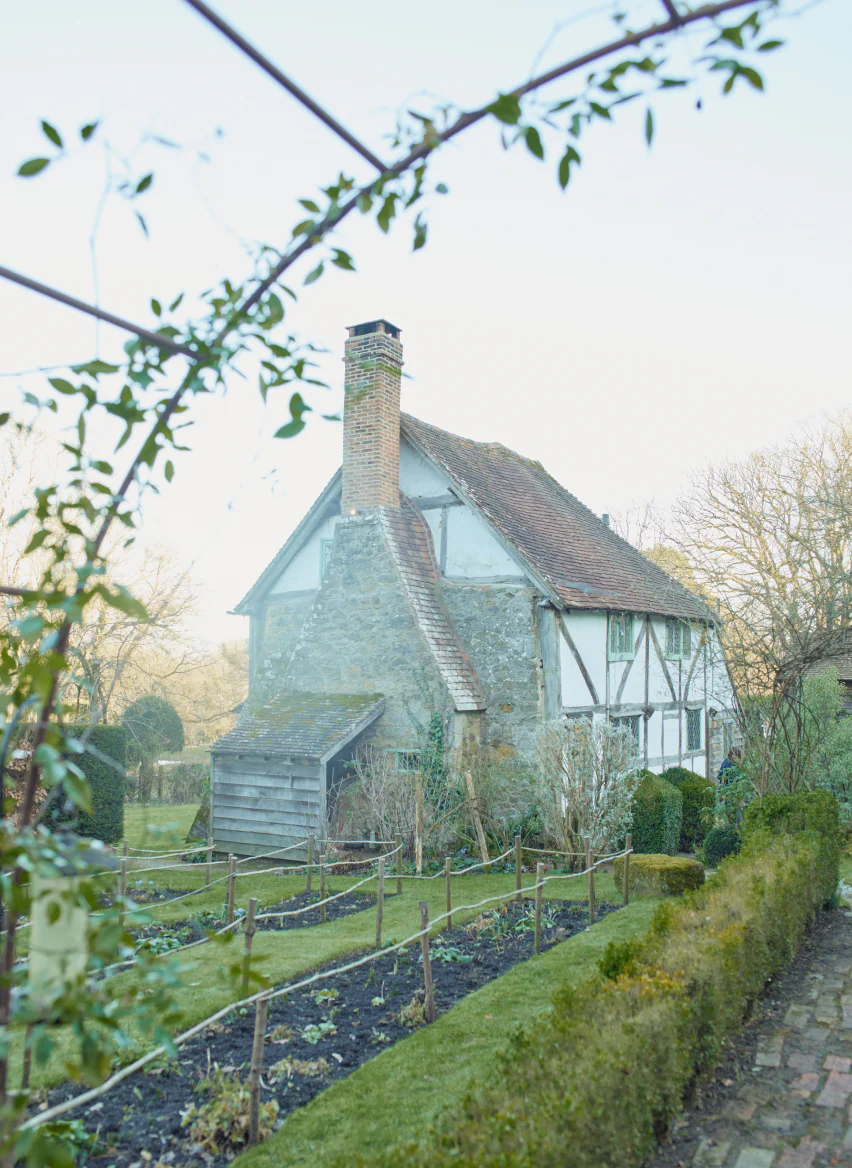

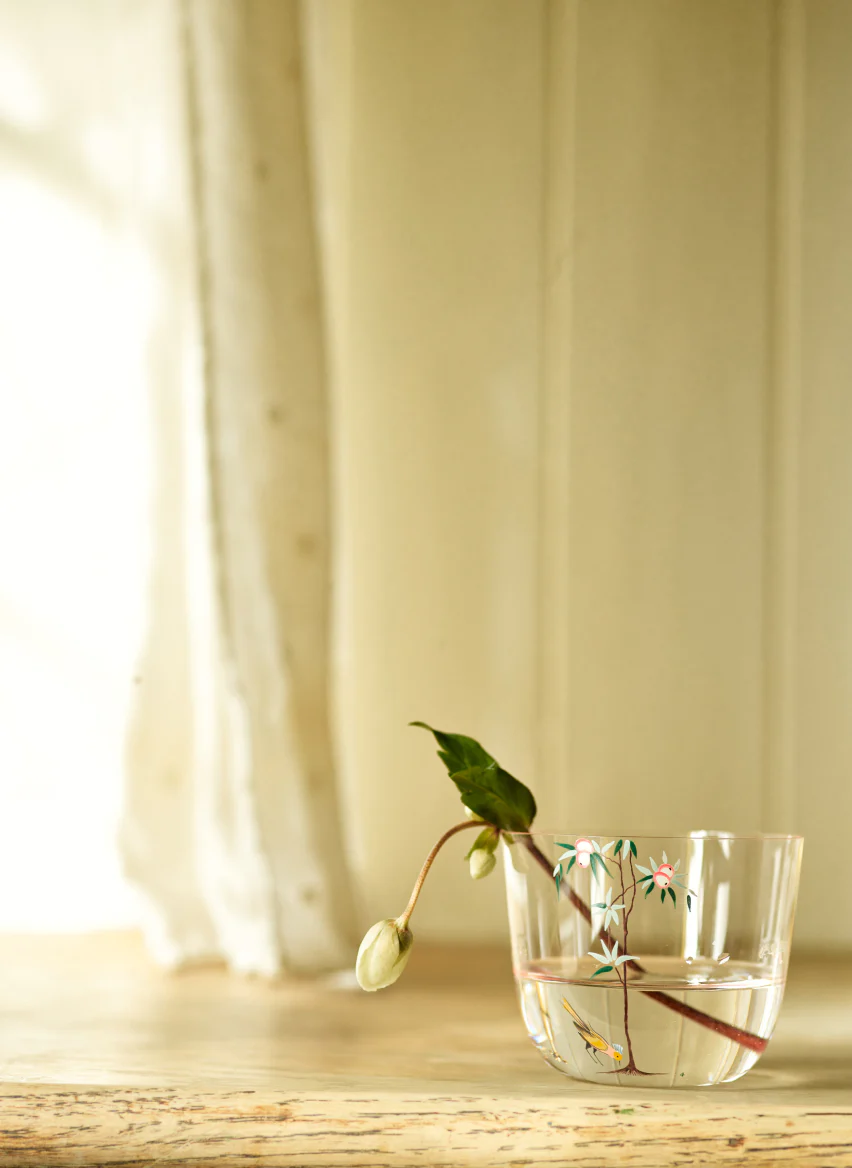
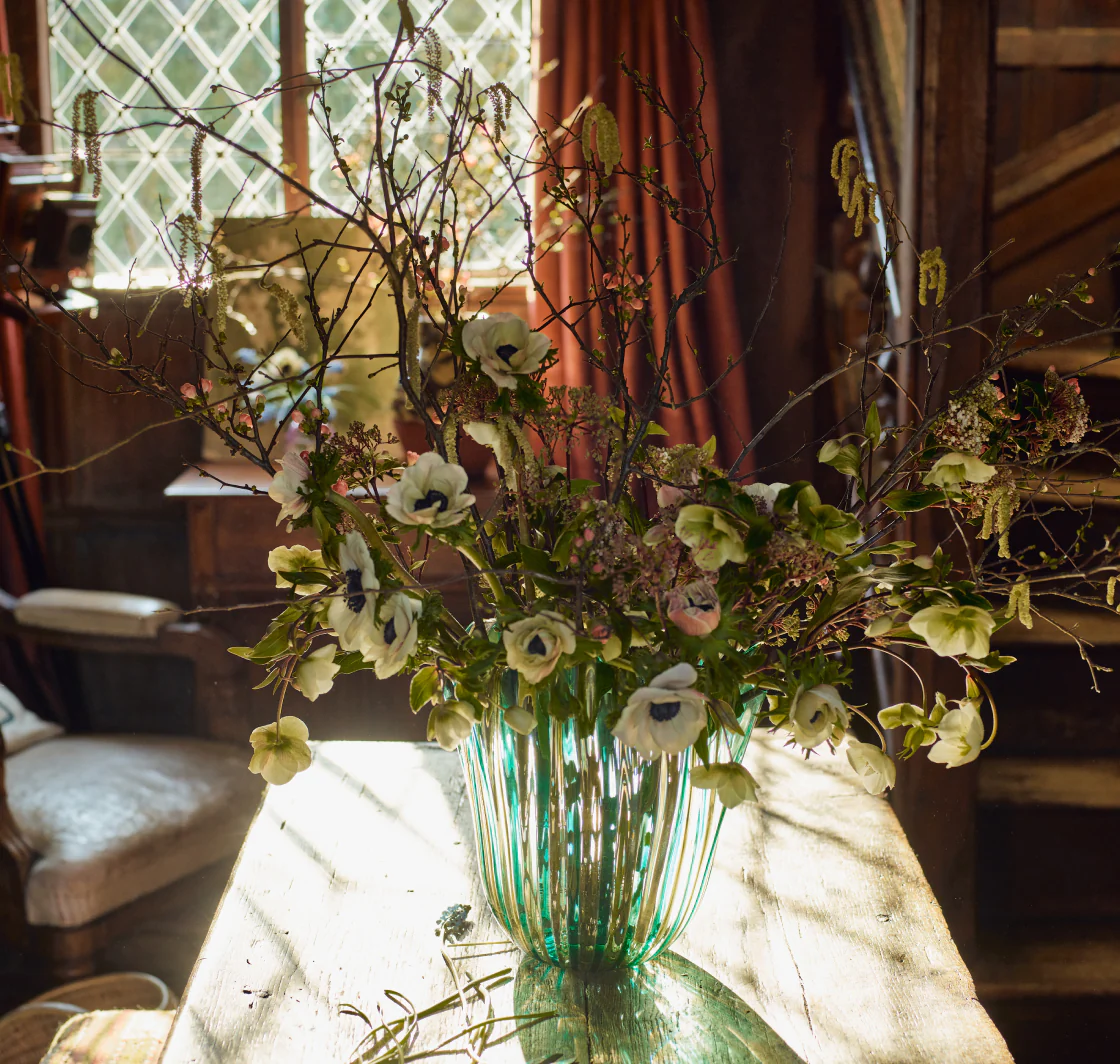
In the six years since, Proust has – through gutsy determination and unwavering 14-hour days of no-till farming – transformed the plot (which sits between Flexham and the Mens nature reserve) not only into an abundant, flora-filled Narnia but also a thriving flowers and events business. As a florist-farmer, she adheres strictly to organic practices that protect and regenerate wildlife.
The garden has a noticeably different palette throughout the seasons, something she attributes to a childhood growing up in a family of artists. “I wanted to plant the garden with pale colours in spring so that when I came back from work it would shimmer in the moonlight,” she says. “It started with snowdrops and then primroses, narcissus and pale sherbet-coloured tulips, such as Salmon van Eijk, always a favourite crop because they die so beautifully. Then the lupins, the oriental poppies and the roses take over.”
To celebrate the launch of ABASK’s Flower Room, Proust shares her thoughts on how to design for different vase shapes, and the wonder of the hairpin frog.
What arrangements are best for large vases such as ABASK’s collaboration with Venini: the reissue of the iconic Fazzoletto?
A large vase with this sort of bucket shape can be quite intimidating because it’s tempting to think it should be filled with flowers. Actually, it’s a great opportunity to use flowers with large heads like peonies or hydrangeas because it’s got such an open rim and you can get away with using fewer stems with the help of a mechanic such as a hairpin frog (never use floral foam, which is toxic, single-use plastic that causes untold environmental damage!). This holds them in an anti-gravitational pull so that you have space and the vase doesn’t have to do all the work.
The great thing about this Fazzoletto vase is the amazing rivets on the edge. These are not only a beautiful detail but practically, you can lean some of the ingredients into them so that they don’t slip, helping you to create beautiful structures. The shape is perfect for holding blossom branches, for example, which reach out.
“I wanted to plant the garden with pale colours in spring so that it would shimmer in the moonlight”
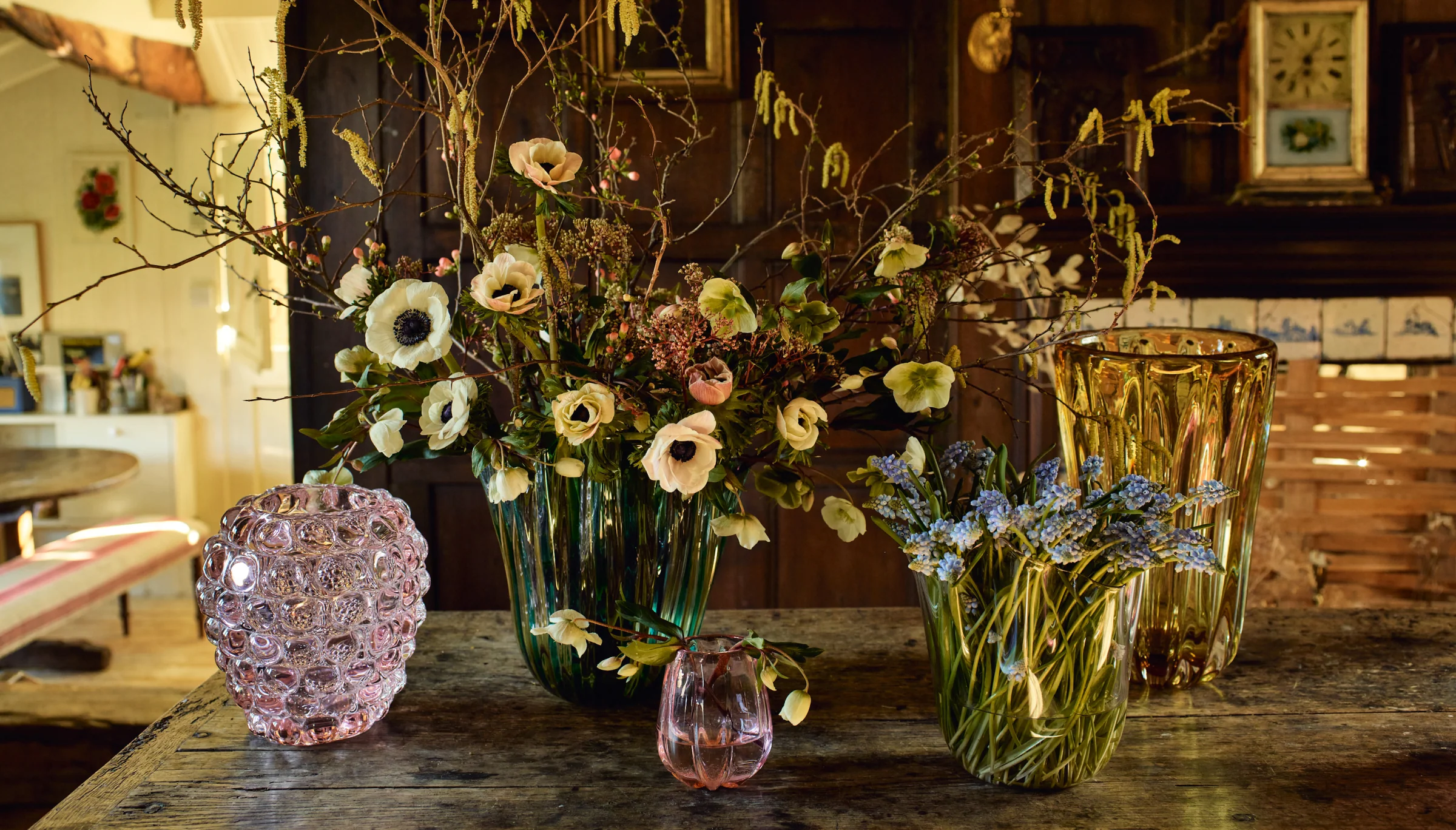
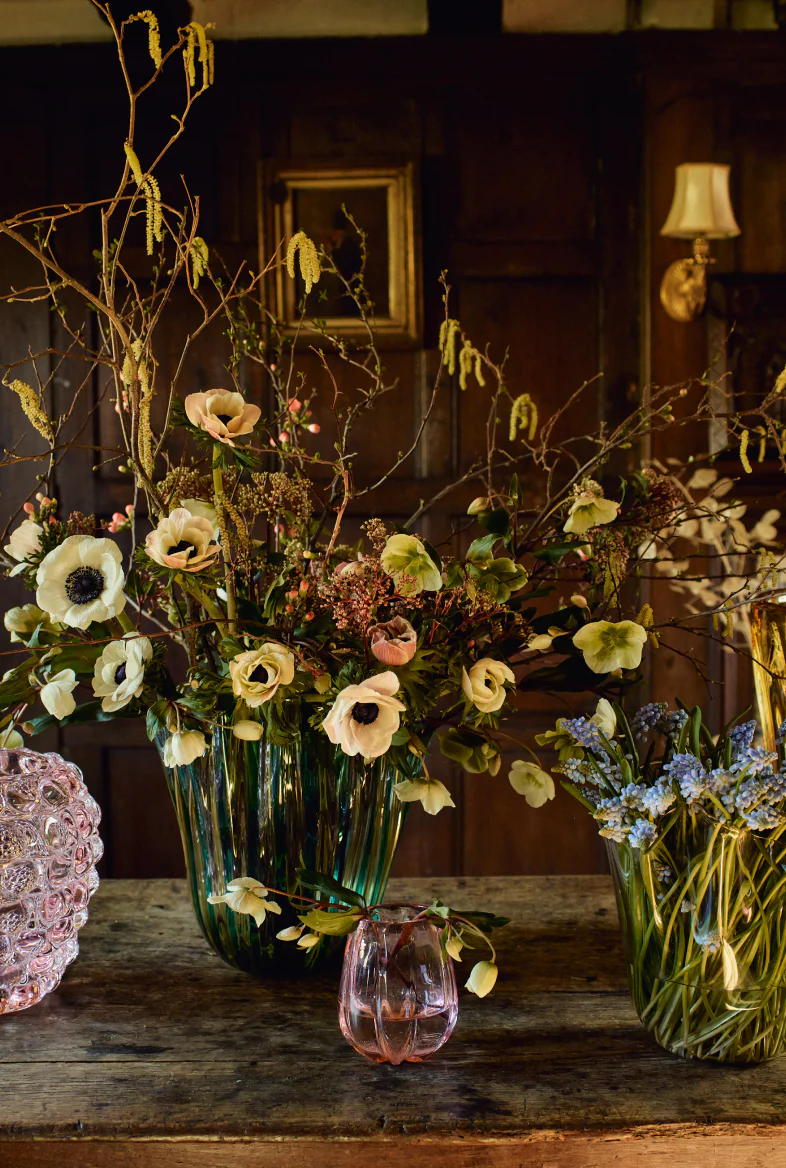
How do you ensure that a dramatic statement such as same stem flowers don’t look as if they have simply been plonked into a vase?
What I advise is observing how plants look in a garden. When they are cut for commerce, they are all cut to the same height, all uniform looking, which isn’t how they grow in nature. You want to make them look more natural, so start by snipping a few of the stems at different heights. This immediately creates a more natural feel and forces the eye to move up and down through the different heights.
Try opening a few of the shorter stems near the rim so that you don’t just see a lot of stems sticking out the top of the vase, but you see some flowers too. And if any flowers have a natural lean, allow them to embrace that lean out of the vase.
Constance Spry-style pots are enjoying a revival. Any tips?
This shape looks beautiful with tulips or really any explosion of flowers out of the vase. We try to mimic the shape of the vase to accentuate it. These pots are designed to be used with a mechanic like a hair pin frog, it can be tricky otherwise… if you don’t have access to one, you can use chicken wire or wire mesh and roll it into a ball to create a structure. The pot is a triangular shape going up to the handles so the design would be an explosion outwards.
What is important to think about when creating a beautiful dinner table?
Something simple yet so effective is looking for items which are different heights and slightly mismatched, which help to create a look that is effortless. These might be candles or jugs; it helps ensure that your tablescape looks natural.
The human eye is obsessed with symmetry and searches it naturally but unless it is bang on, it really jars. Learn to embrace asymmetricity!
“There is so much grace to be learnt from the plant world… and resilience too. Roses can be cut down to the ground but then they rise up and bloom so beautifully.”
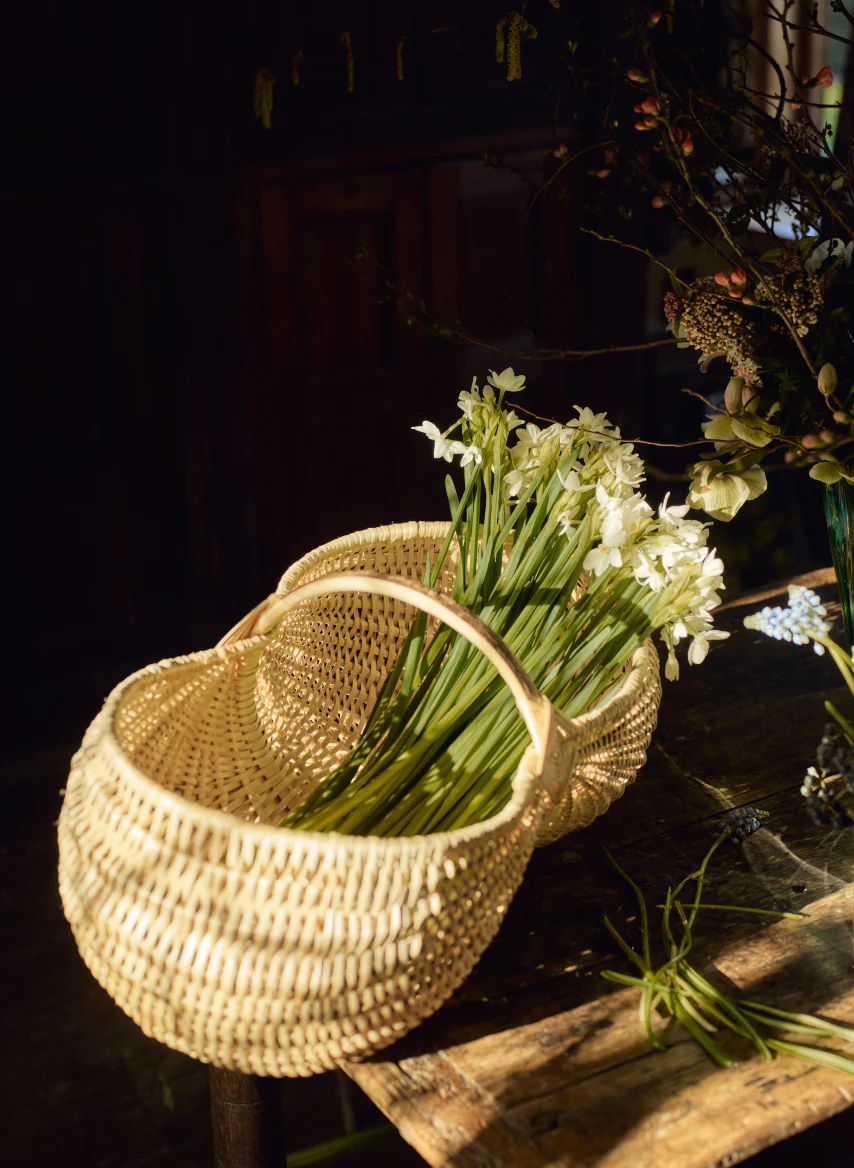
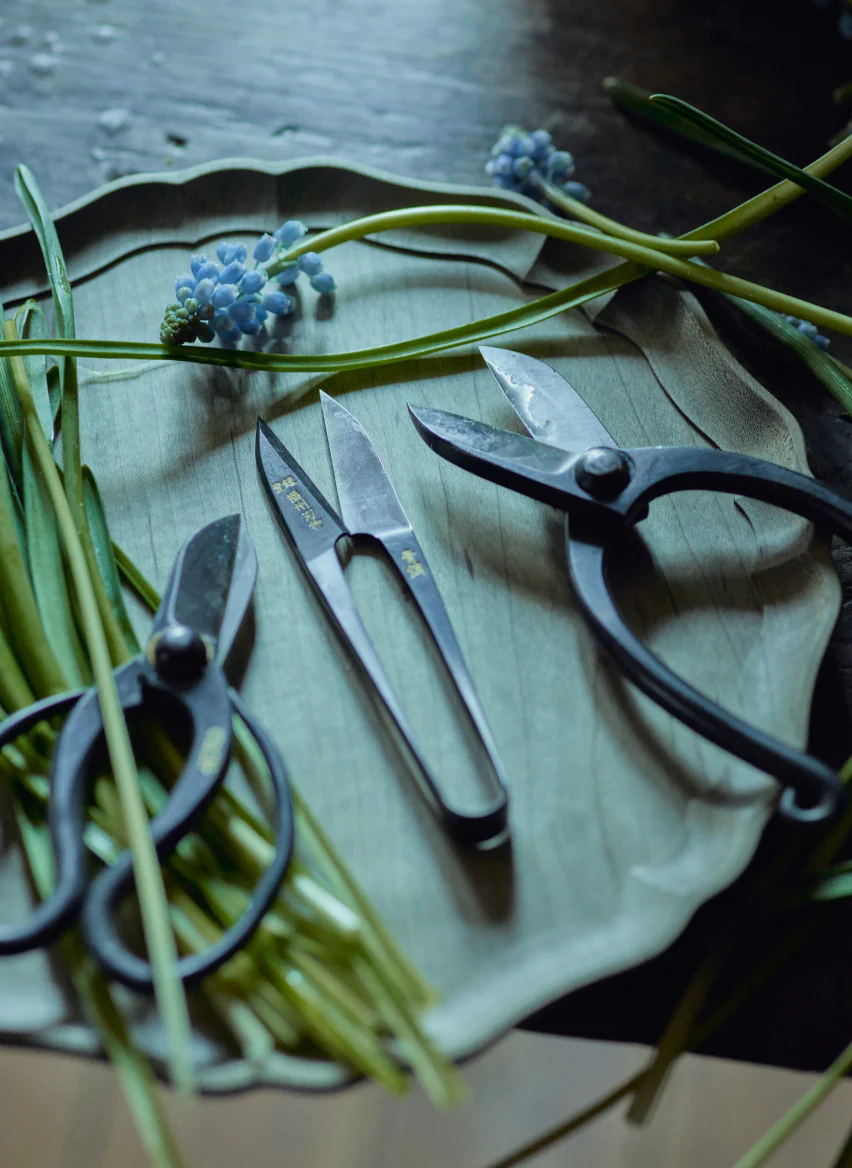
What are the challenges of being a gardener?
(Laughs) The time a deer came in two weeks before a wedding and decimated the entire crop of flowers that I had been nurturing for almost 9 months. I had to think on my feet and figure out a way round it because brides usually want specific flowers and nature often has her own ideas. The way that I grow, you can’t ask a flower to open up and be perfect on a specific day. What I do tell brides now is that I can’t promise exactly what will flower on their wedding day, but I can promise it will be beautiful.
You attended RADA, how does being an actor inform being a plantswoman?
I don’t think any type of education is wasted and studying there still informs everything that I do today. I see the garden as I would perhaps a stage and I’m a bit like a director in how I choose the planting plan and the stories I want it to tell. There are certain narratives – such as bringing flowers to an event or a wedding – and a crescendo in the summer. How flowers interact with each other is endlessly fascinating.
Has gardening taught you to go with the flow?
Absolutely. There is a lot of humility and learning that nature is ultimately in control. There is a lot of grace to be learnt from the plant world… and resilience too. Roses can be cut down to the ground, but then they rise up and bloom so beautifully.
Follow Milli on Instgram @milliproust
'From Seed to Bloom' book out now
Photos by Emma Lee
